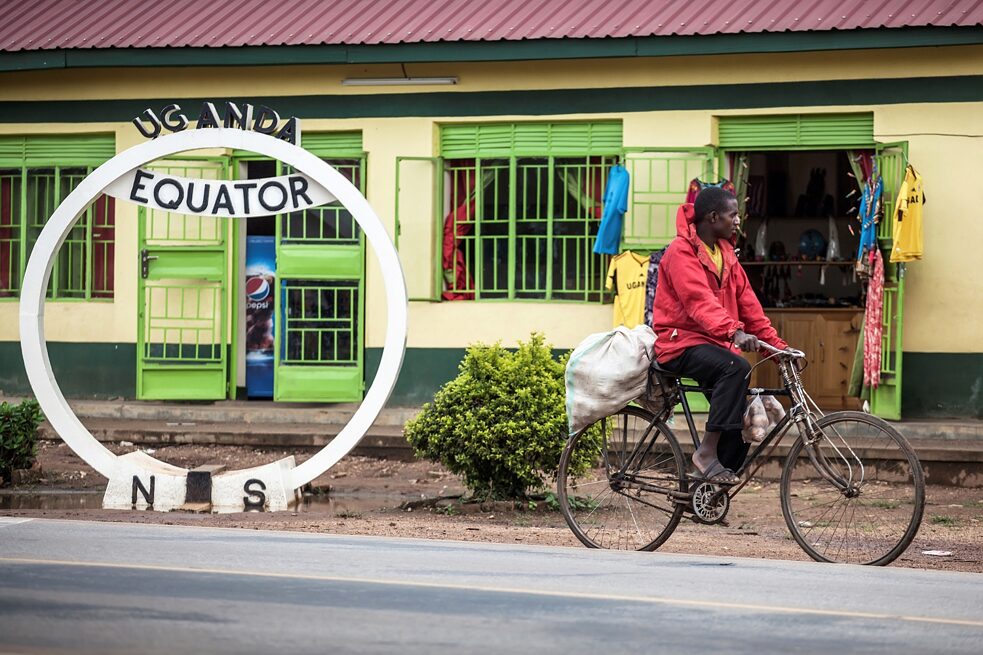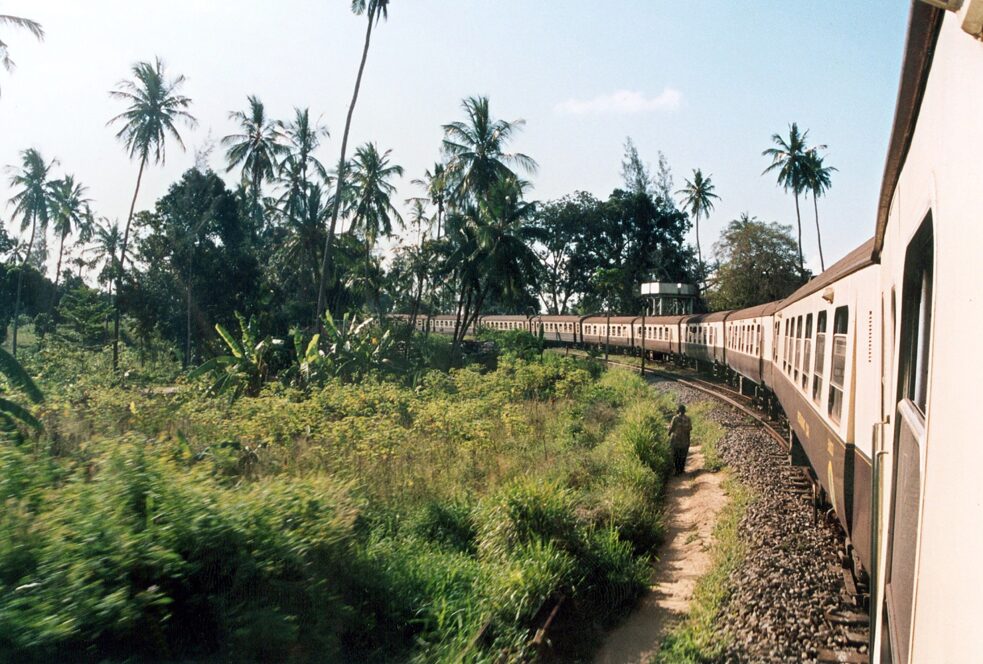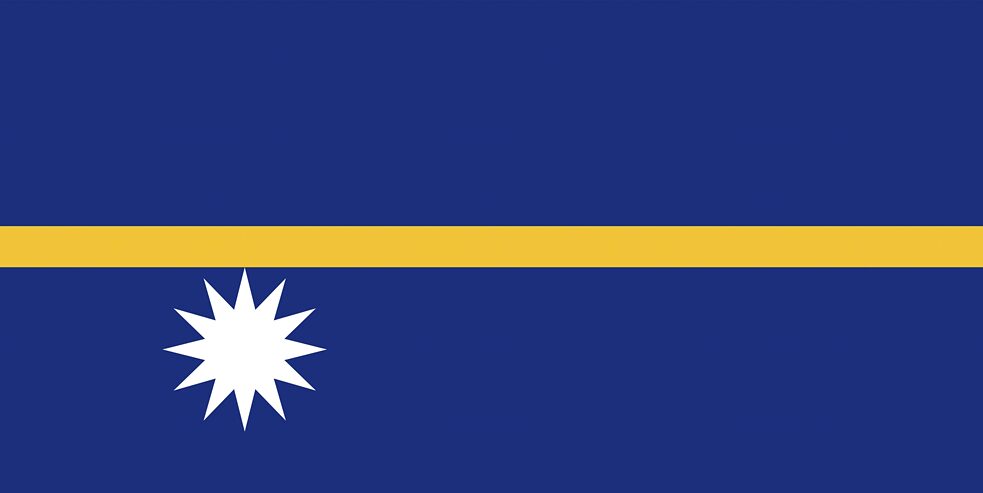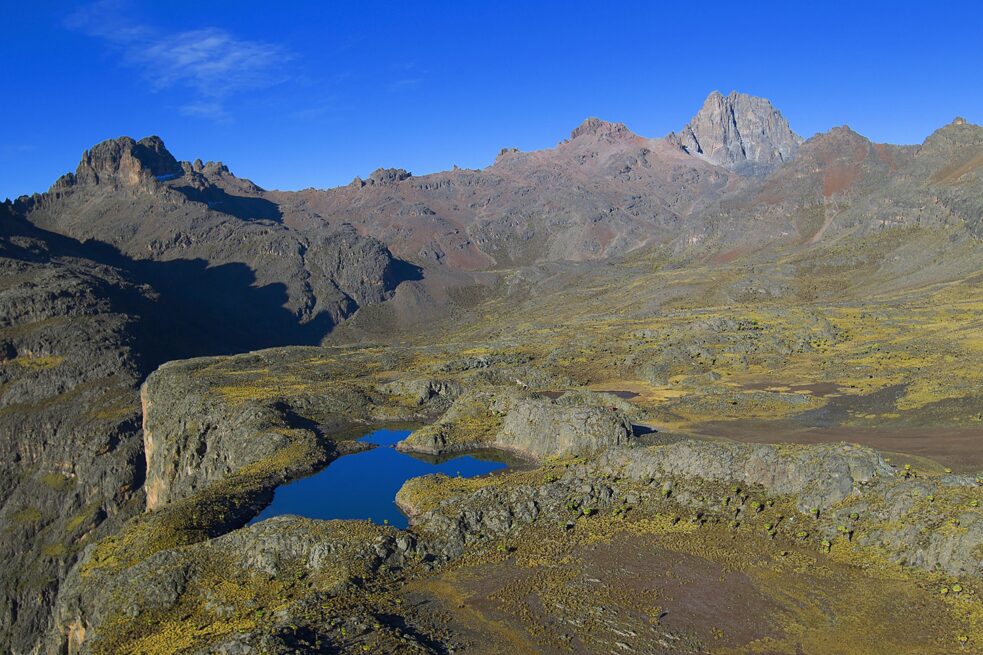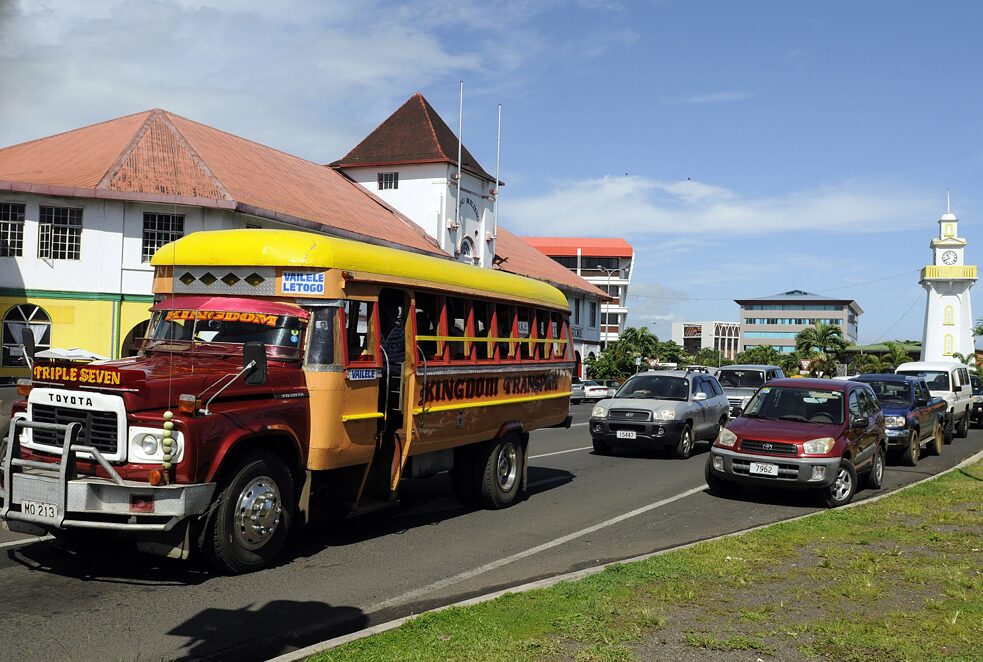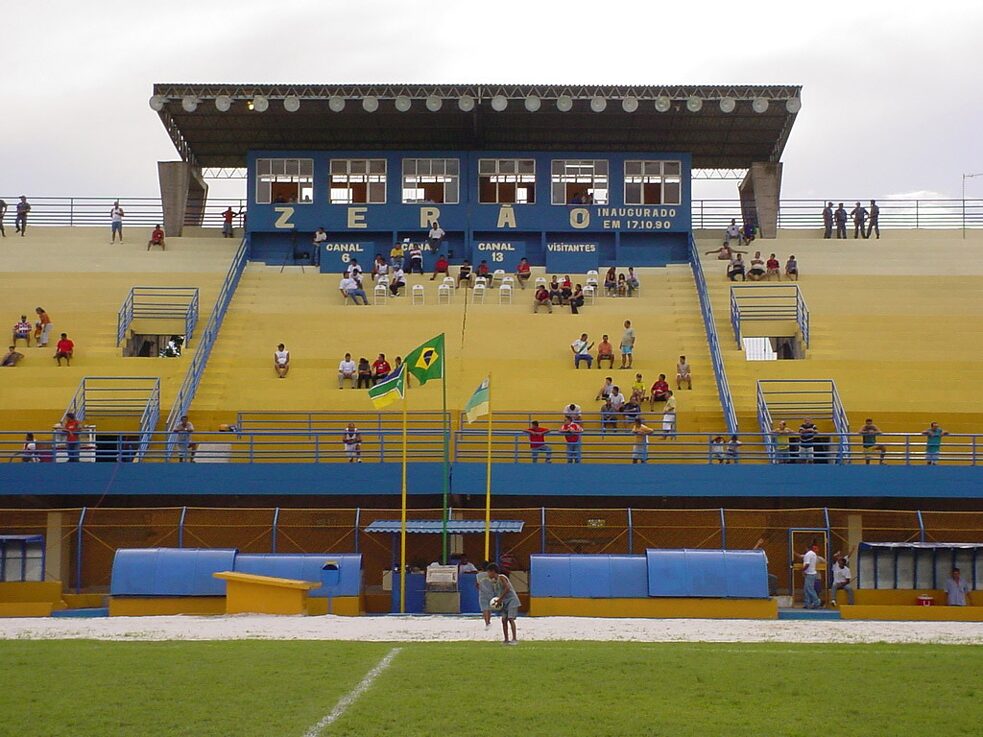Going Past Colonialism Latitude: A Return to Point Zero
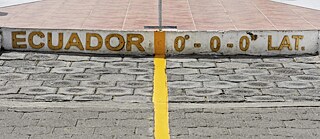
In Yvonne Owuor’s novel “The Dragonfly Sea”, a young Kenyan student ponders on the fact that she belongs, as a citizen of one of the 13 countries across which the Equator crosses, to “the centre of the world”. That geographical reality is contradicted by her every-day experiences as a foreign student, where she is constantly reminded of how little the immensity of the history, knowledge, wisdom, and experiences of her people mean in the geo-political global hierarchies of power.
This brings to mind the definition of “latitude” in Kiswahili – “mstari wa kidhahani” (literally: imaginary line) – and the way in which lines of latitude become real through the power of our collective imagination. “Latitude” brings to mind distance, in terms of measuring how far one departs away from a central point, and from other points away from it. Not only therefore do we have “North” as opposed to “South”, we also are able to imagine distances from a middle ground – point zero - represented by the Equator. Latitude also describes the immense possibilities of the imagination – the freedom (or lack thereof) to think, and therefore to act or to be. Finally, from the perspective that is the equator, latitude focuses our minds on what it means to be centred.These dimensions are, for me, at the core of the priorities of post-colonialism in this historical era; which I think about as the project of moving past colonialism. Moving past colonialism is about, as articulated below, expanding our imagination of the world to go beyond a world ordered in a hegemonic hierarchy; interrogating our perceptions and understandings of the familiar; and moving beyond unicentricity to a multiplicity of “point zeros”.
In Focus: Hierarchies and Hegemonies
Used in relation to maps, “latitude” is used to locate oneself in the world, and metaphorically and literally, to navigate the distance between that location and others. Historically, it facilitated and undergirded the conceptualisation of the contemporary era of globalisation that bifurcated the world into roles based on a global system of imperial conquest we call colonialism.Leave Comfort Zone
The first task of moving past colonialism is the completion of the work of dismantling and replacing the inequitable hierarchies that it has institutionalised. This transition from deconstruction to the creation of a new reality takes us to the alternative meaning of “latitude”and its association with the notion of freedom. In its most positive iteration, it speaks to imaginative explorations beyond the boundaries of the familiar. Part of the lived reality of the “post-colonial” era of many Global South nations is assimilation into, and normalisation of, the underlying logic of colonialism; ironically deepening the rot even as independence transformed the external façade into an apparently benign shadow. This is not to blame colonialism for everything that has gone wrong in these countries, rather it is to recognise the ways in which structural inequalities, hierarchies and hegemonies have morphed over time.Diversity of Lived Realities
Secondly, moving past colonialism entails interrogating limitations restricting thinking and acting, wherever or whoever we may be. Regardless of how these have been imposed and / or sustained, such limitations replicate colonialist logic, processes, institutional frameworks and privileges. Ironically, many protagonists who today embody the worst excesses of this colonialist order come from once-liberated spaces. Going past colonialism demands that we appreciate the rich, wide expanse of lived realities that preceded and extend beyond its narrow strictures. It means reacquainting ourselves with histories and collective memories that have been set aside, ignored, mis-represented or belittled.We must move away from practices that privilege even as they purpose the opposite, such as unnecessarily labelling histories or discourses as pre- or post- colonial.
“Going past colonialism demands that we appreciate the rich, wide expanse of lived realities that preceded and extend beyond its narrow strictures.”
Moving past colonialism entails a re-estimation of the colonial moment that acknowledges without over-emphasising its historical place and influence. This invites us to nuance what we know and how we know it; enabling an acceptance of realities and possibilities defying the simplistic dualities often inherent in the notion of “latitude”. We are pushed to know for ourselves, as opposed to ceding our right to think and act to others whose experiences, perceptions and understandings may not cohere with our own. In doing so, we discover the complexity of all that is beautiful and valuable in the world that is now, once again, our Point Zero.
